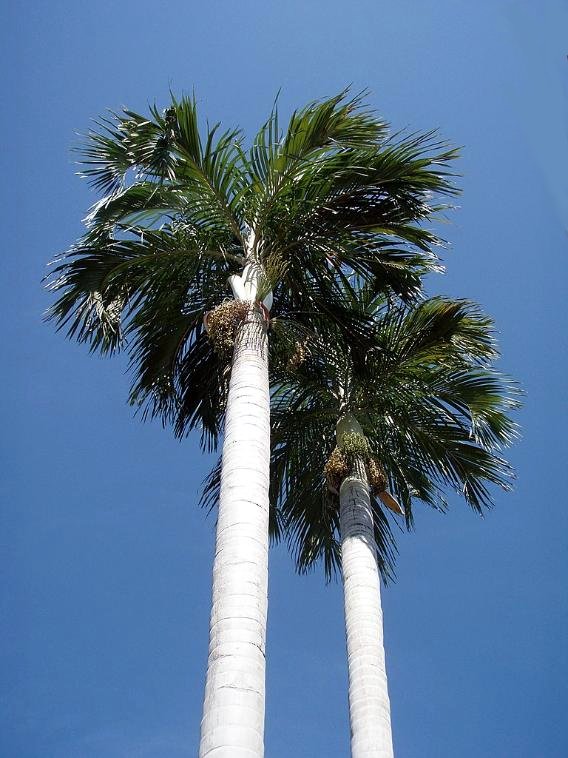coconut girl:)
New Member
I am a certified arborist that was taught that it was safe to spike coconut trees because of the corky outer layer and vascular bundles that make this possible without hurting the tree. I have lived in Hawaii for 15 years and have seen 50-70 year old coconut trees thrive rgardless of using spikes to ascend. Asthetically speaking the trees look better without the spike holes but the platforms and spikeless bands are much more time consuming and not practical when you have hundreds on a golf course many not accesible by boom trucks do to preservation of the green or terrain etc... I believe cocos nucifera is the only tree you can safely spike thats not a removal. Any input on this would be greatly appreciated- I'm open to all theories. Aloha





